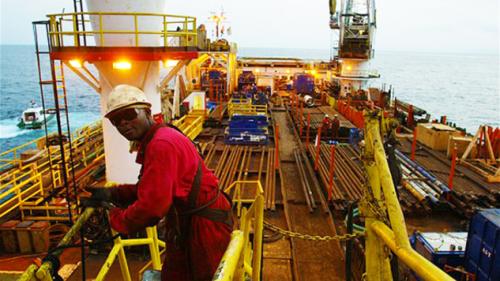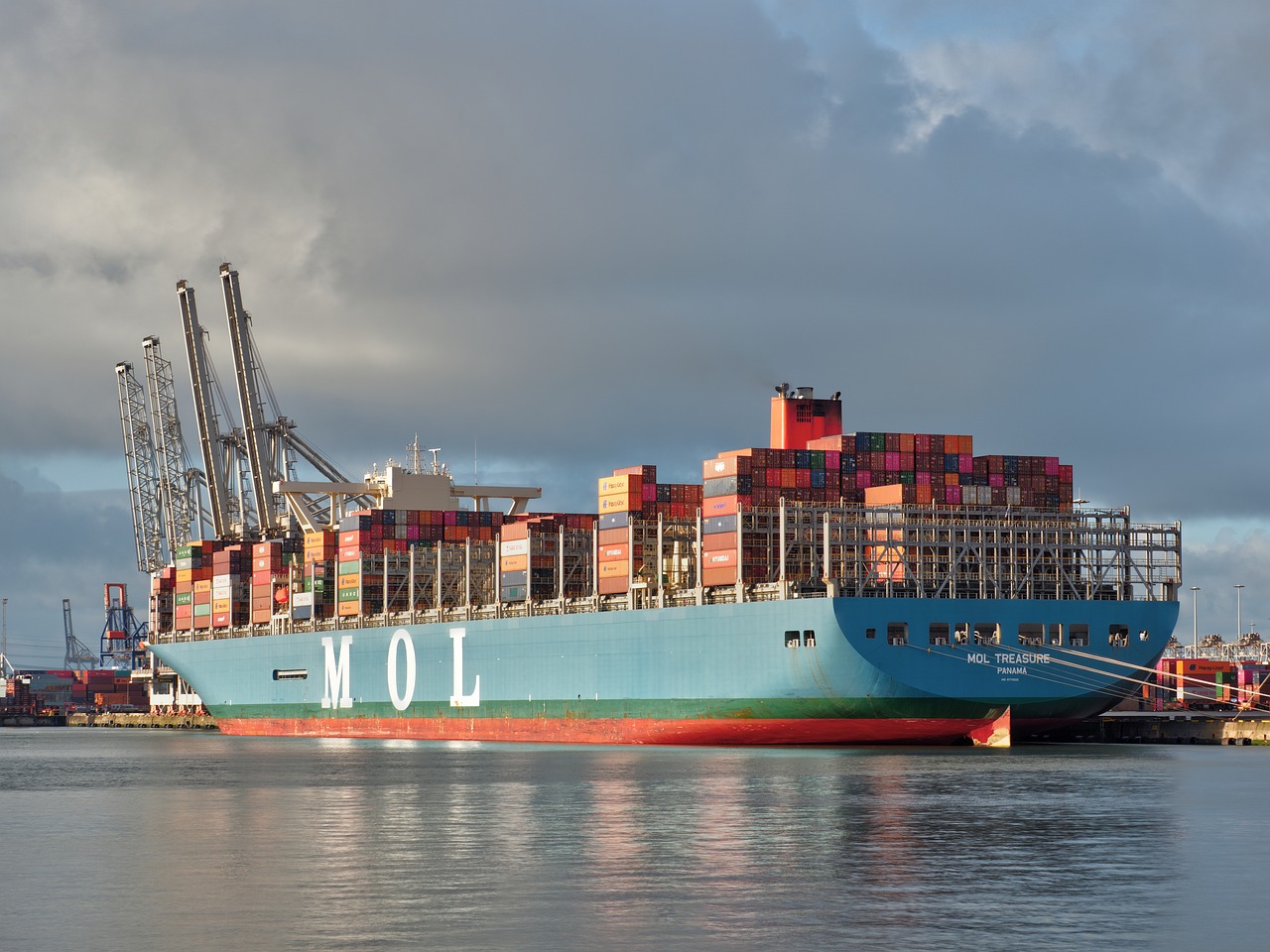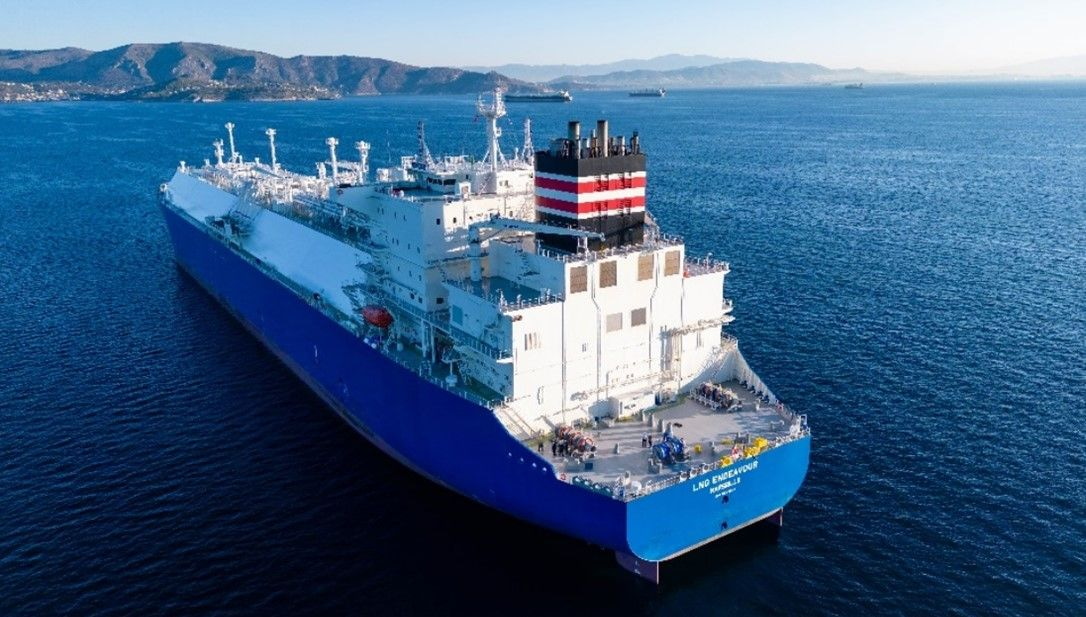壳牌称已恢复从尼日利亚福卡多斯石油码头的石油出口
作者: 发布时间:2022年10月23日 浏览量:479 字体大小: A+ A-

图片来自网络,版权属于原作者
来源:Hellenic Shipping News 2022-10-22
翻译:国际海事信息网 赵扬捷 张运鸿
尼日利亚壳牌石油开发有限公司(Shell Petroleum Development Company of Nigeria Ltd.,SPDC)10月21日表示,尼日利亚福卡多斯级石油在中断三个月后已经恢复出口。
该声明称:“SPDC可以确认,福卡多斯(Forcados)石油码头的基本维修工作已经完成,出口业务已于10月20日恢复。”
由于装载设施的损坏,SPDC停止了福卡多斯油田的作业。7月17日,在支持福卡多斯石油码头的系泊线发现泄漏后,则该码头的石油转载工作即被暂停。
福卡多斯石油出口设施经常成为小偷的目标,他们非法挖掘这些设施以抽走原油。
根据普氏数据,船舶和标普全球商品洞察力的商品追踪软件的数据,苏伊士型油轮SFL Ottawa号装载了95万桶货物,于10月20日晚间离开福卡多斯码头。
普氏数据显示,另一艘油轮Neptune Moon号正在前往福卡多斯码头的途中,将于10月25日装载货物。Tyche 1号是最后一艘从福卡多斯装货的油轮,于7月9日离开该码头。
SPDC此前曾表示,测试和出口有可能在10月底开始。
根据标普全球公司看到的一份计划副本,尼日利亚福卡多斯原油11月的装载量共计535万桶,预估平均为178,333桶/天。福卡多斯装载量通常平均高达25万桶/天。
尼日利亚的福卡多斯级的原油是中硫燃料油,受到欧洲炼油商的追捧。
福卡多斯原油的API比重为31.5,含硫量为0.22%,以产生大量的气油和馏分油而闻名于市场。
自2021年初以来,尼日利亚的石油生产一直受到与盗窃、管道破坏、计划外维修和技术问题有关的停产的困扰,同时尼日尔三角洲的不安全状况也很严重。
近几个月来,石油和天然气盗窃案急剧增加,将原油产量拖到了数十年来的最低点。据政府估计,尼日利亚每天有大约60万桶石油产量被盗。这是因为尼日利亚的石油产量一直在数十年来的低点徘徊。
尼日利亚上游石油管理委员会的数据显示,9月份的原油和凝析油总产量从8月份的1,179,522桶/天下降到1,137,216桶/天。这是40多年来的最低水平,并将尼日利亚推下了非洲最大石油生产国的宝座。
(本文版权归国际海事信息网所有,图片版权归原作者,转载请注明出处。)
Shell resumes crude exports from Nigeria’s Forcados terminal, first since July
Exports of Nigerian crude grade Forcados have restarted after a three-month pause, Shell Petroleum Development Company of Nigeria Ltd., or SPDC, said Oct. 21.
“SPDC can confirm that essential repairs at Forcados Oil Terminal are complete and export operations have resumed on Oct. 20,” the statement said.
SPDC halted operations at the Forcados oil fields due to damage at the loading facilities. Oil flows into the Forcados oil terminal were suspended on July 17 following a leakage discovered in the mooring line supporting the terminal.
The Forcados oil export facilities are often targets of thieves who illegally tap into them to siphon crude.
The Suezmax SFL Ottawa loaded a 950,000-barrel cargo and left the Forcados terminal late on Oct. 20, according to data from Platts cFlow ship and commodity tracking software from S&P Global Commodity Insights.
Another tanker, the Neptune Moon, is en route to the Forcados terminal, and will load a cargo on Oct. 25, Platts cFlow data showed. Tyche 1 was the last tanker to have loaded from Forcados, leaving the terminal on July 9.
SPDC had previously said testing and exports were likely to commence toward the end of October.
November loadings of Nigeria’s Forcados crude are estimated to average 178,333 b/d, or 5.35 million barrels, according to a copy of the program seen by S&P Global. Forcados loadings normally average as high as 250,000 b/d.
Nigeria’s Forcados grade of crude, which is medium and sweet, is highly sought after by European refiners.
Forcados has a gravity of 31.5 API, a sulfur content of 0.22%, and is known in the market for yielding a large percentage of gasoil and distillates.
Nigerian oil production has been plagued by outages related to theft, pipeline sabotage, unplanned maintenance, and technical issues since early 2021, along with insecurity in the Niger Delta.
Oil and natural gas theft has increased sharply in recent months, dragging crude output to multidecade lows. Nigeria is losing around 600,000 b/d of oil production to theft, according to government estimates. This comes as Nigerian oil production has been languishing at multidecade lows.
Total crude and condensate production fell to 1,137,216 b/d in September from 1,179,522 b/d in August, data from the Nigerian Upstream Petroleum Regulatory Commission showed. This was the lowest level in more than four decades, and pushed Nigeria off the pedestal as Africa’s largest oil producer.
来源:simic
今日要闻
图片新闻
海外传真
热点报道






